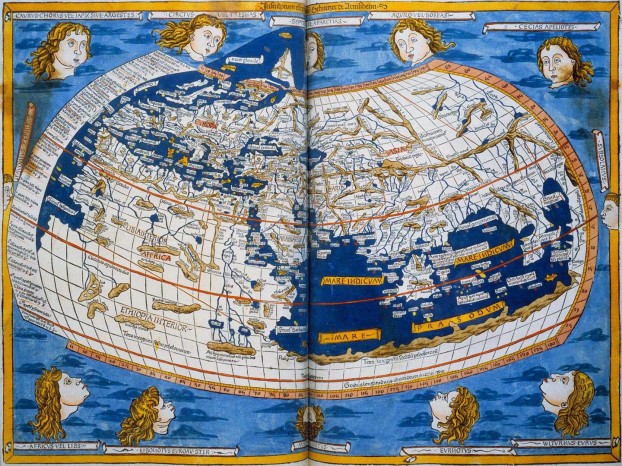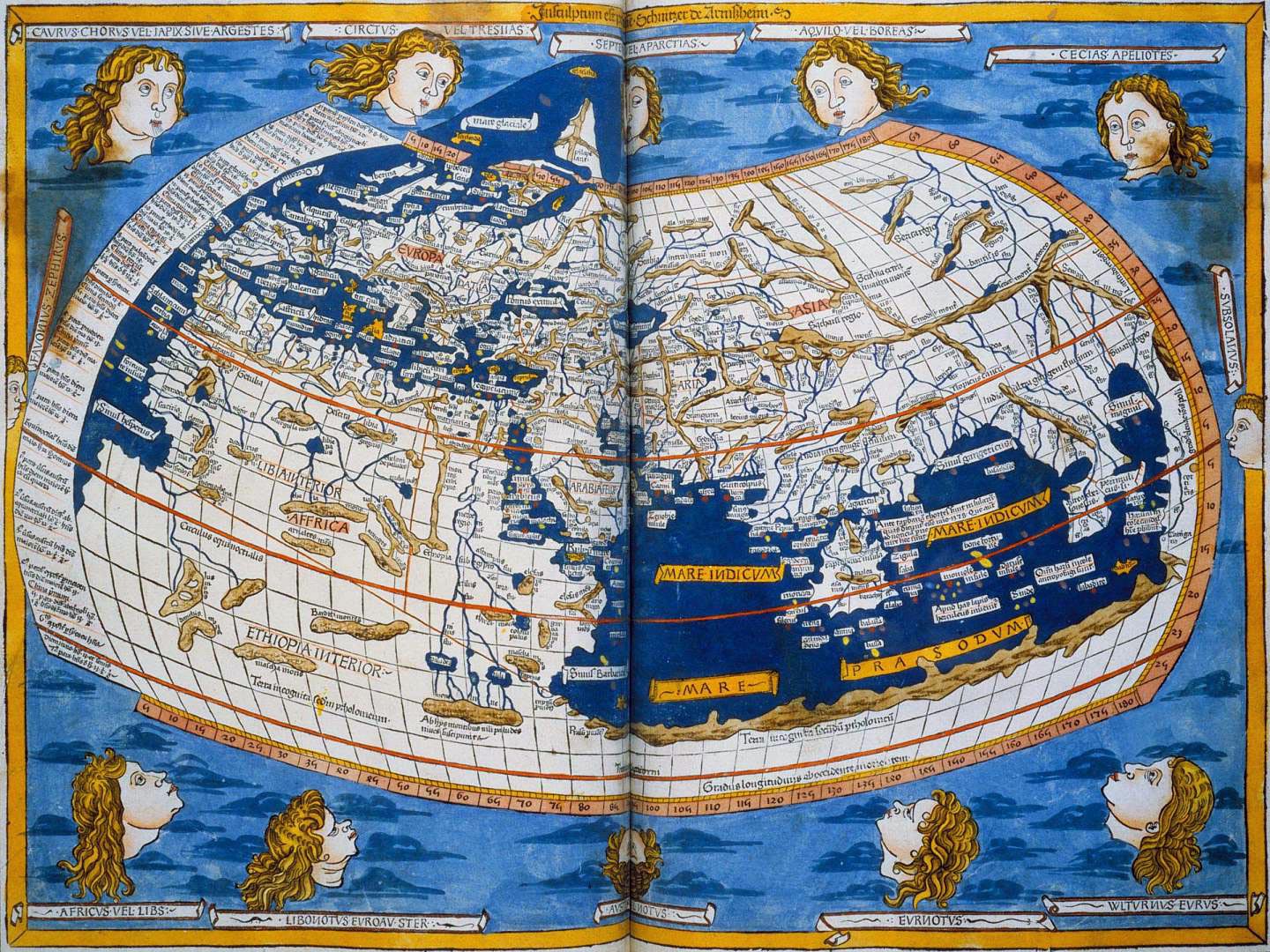Maps can be an important source of primary information – we encounter maps on a daily basis – they are used in almost every facet of our lives. The media uses them to pinpoint the location of the latest international crisis, many textbooks include them as illustrations, and we consult maps to help us navigate from place to place.
Maps are so commonplace we tend to take them for granted. We use maps to find our way around public transit in an unfamiliar city; we use maps to navigate websites; we also use maps in our world of play through games such as Risk and role-playing games. We map the tiniest elements such as the genomes, microscopic world, our human bodies, brain mapping, DNA mapping and the grandest elements such as the skies above and the oceans below.
In its simplest terms, what is a map? A map is a visual representation of an area – it is a symbolic depiction highlighting relationships between elements of that space such as objects, regions and themes. Maps have evolved as much as society’s technology, but many are still as simplistic as the first ones developed. Many maps are static, two-dimensional, geometrically accurate representations of three-dimensional spaces, while others are dynamic or interactive, even three dimensional. A map usually has a legend that shows the symbols on a map and gives their meaning.

The Family Tree
One of the most popular forms of mapping today is that of the family tree. Some people are intimately familiar with their family history, and others don’t know as much about their grandparents, great grandparents, cousins, and so on as they would like. Tracing your family tree is somewhat like putting together a jig saw puzzle. One big difference however, is that while you may never get all the pieces of your family tree fitted into your big picture, it will be fun to search for those elusive pieces. Mapping your ancestry on a family tree is a great way to help children understand their heritage and gain knowledge about great grandparents and other family members they may never have had the chance to meet.
Even more so, the process of researching to map the family tree allows children to learn about the history of their country, the region where their family is from, the role of their family in the major and minor events of history, and the social history of the people they are related to. For adults, it can be a chance to memorialize people who have passed away and create a beautiful representation of one’s family history. In years gone by, searching one’s family tree usually involved traveling great distances to dig into musty records of far away libraries and court houses – if you had the time and money, this adventure was ideal. But rarely do we have either the time or the endless financial resources required to undertake this journey.
Genealogy: A Click Away
Now, thanks to the wonders of the mapping of the internet, finding the facts of your family history can be as close as the next mouse click away! Scanned copies of historical maps become an invaluable part of the family history research. Historic maps, unlike political boundaries, remain unchanged. They provide precise locations of ancestor’s home towns, ownership of traditional land plots, family and business land ownership, traditional grave yards and burial grounds, and churches. Family tree mapping is the process of geocoding places in family tree files to produce geospatial data.
With the popularity of research family history and creating historic maps of ancestors, the internet is filled with tools to help you research your family tree including genealogy and family tree software programs, maps and mapping tools, family tree charts and forms, age and date calculators, calendars, and high-tech gadgets. The majority of these genealogy tools are free!
Cartography or mapmaking, has been an integral part of the human history for possibly up to 8,000 years.From cave paintings to ancient maps of Babylon, Greece, and Asia, through the Age of Exploration, and on into the 21st century, people have created and used maps as essential tools to help them define, explain, and navigate their way through the world. People have an affinity for maps – as long as this passion continues so too will the evolution of mapmaking.
This article was written by Anna Mornington, who loves the Map of US, and believes that plenty can be learnt about our ancestors with it.

